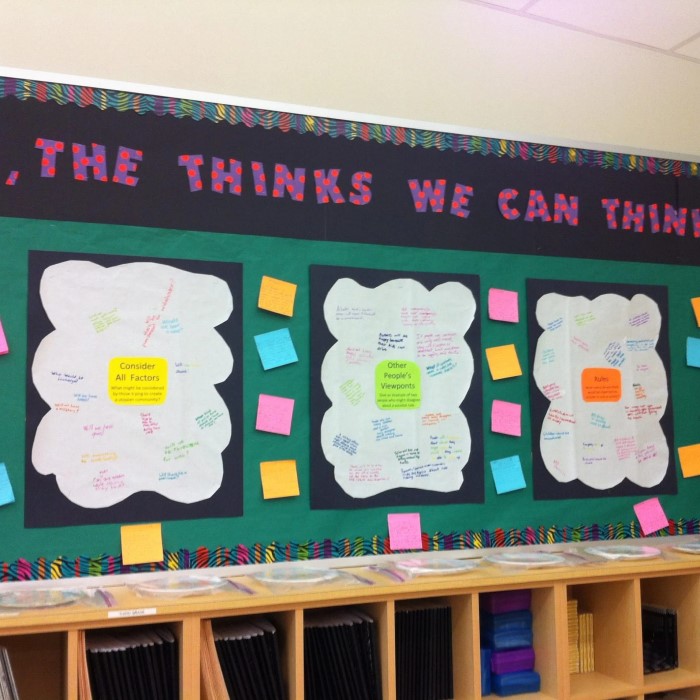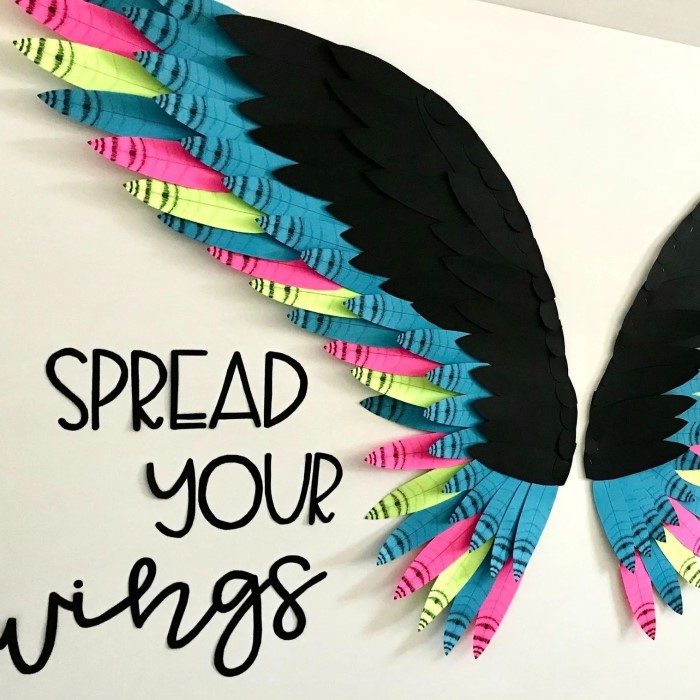Introduction to Display Boards
Display boards are essential tools for effectively communicating ideas, showcasing projects, or organizing information visually. Whether you’re preparing for a school project, a business presentation, or an art exhibition, using engaging and innovative display board ideas can elevate your message. In this article, we will delve into various creative display board ideas for inspiration and provide helpful tips and tricks to make your board stand out. With the right approach, you can transform a simple board into an eye-catching display that attracts attention and conveys your message clearly.
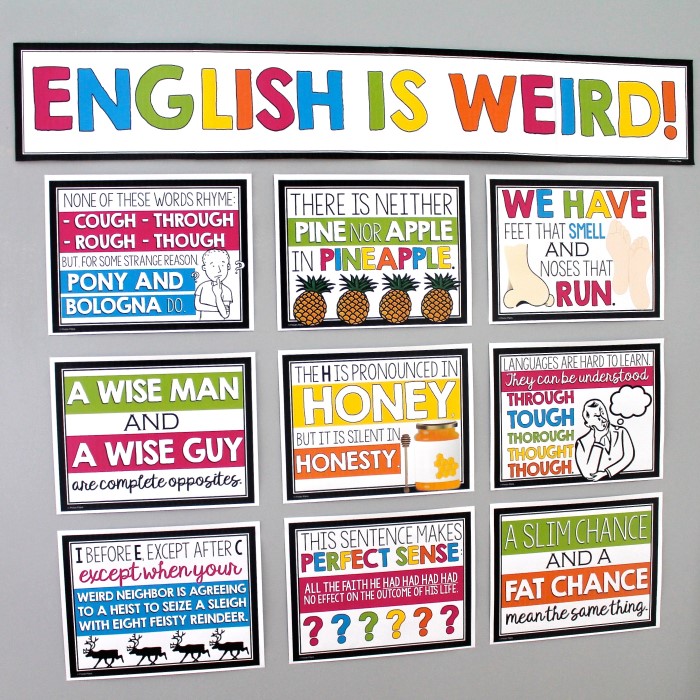
What Are Display Boards?
Display boards are surfaces used to pin up or attach content for presentation. They come in various sizes and materials and can be portable or fixed. These boards may feature text, images, charts, or decorations based on their intended use. Popular types include bulletin boards, poster boards, and foam boards. Display boards can transform spaces into interactive areas for learning, communication, or promotion.
Importance of Well-Designed Display Boards
A well-designed display board enhances communication and engagement. It makes information easy to read and remember. Organized layouts and attractive visuals create a lasting impression. In educational settings, they inspire curiosity and help present concepts clearly. In workplaces and events, they convey professional messages and showcase creativity. Choosing the right elements ensures effective communication and aesthetics.
Engaging Themes for Display Boards
Themes play a crucial role in making display boards appealing and relevant. Choosing the right theme ensures better engagement and a focused message. Here are some engaging themes to consider for display boards.
Seasonal Themes for Educational and Corporate Spaces
Create boards that celebrate the changing seasons. Use themes like spring blossoms, summer vibes, autumn colors, or winter wonderlands. Seasonal themes grab attention and create a fresh ambiance. In educational settings, pair seasonal visuals with lessons. For corporate boards, add seasonal colors to highlight company goals or achievements.
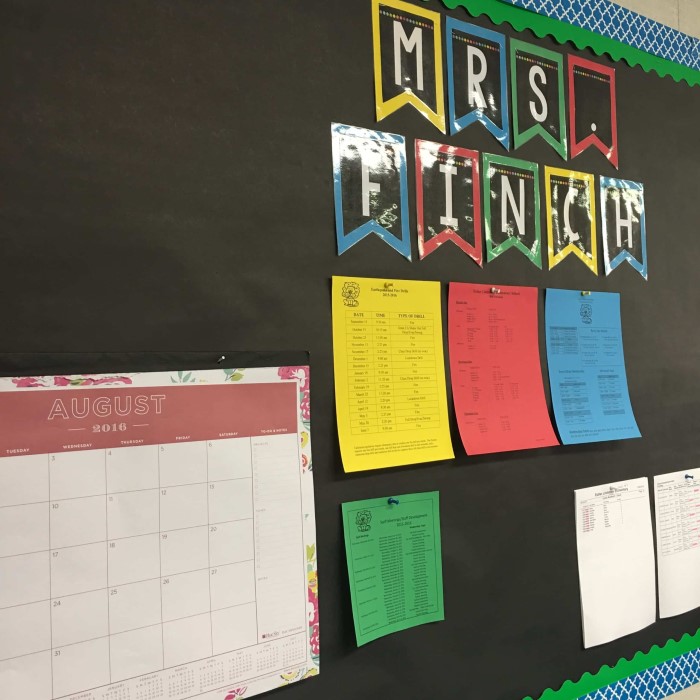
Celebratory Themes for Special Occasions
Celebrate special moments like holidays, festivals, or anniversaries. Design boards with themes for events like Christmas, Halloween, or company milestones. Include decorations, keywords, and photographs that resonate with the occasion. Celebratory boards build excitement and foster a sense of community. Remember to keep the design vibrant and full of details.
Motivational and Inspirational Quote Boards
Use motivational themes to inspire and uplift viewers. Display powerful quotes that encourage creativity, perseverance, or teamwork. Combine text with colorful visuals to amplify the message. In classrooms, motivational boards can boost morale and enthusiasm. At workplaces, they promote positive thinking and collaboration among employees. Keep the quotes concise and impactful for maximum effect.
Material Selection for Display Boards
Selecting the right materials ensures your display board is durable and visually appealing. The materials you choose can influence both longevity and aesthetics. Below, we explore options for durable construction and sustainable designs.
Choosing Durable and Attractive Materials
Durability and attractiveness are key when picking materials for display boards. Durable boards stand up to frequent use and handling. For long-lasting use:
- Foam Boards: Lightweight and strong, ideal for presentations and displays.
- Cork Boards: Great for pinning papers, these are sturdy and reusable.
- Poster Boards: Budget-friendly and colorful, perfect for short-term projects.
- Magnetic Boards: Durable and versatile, suitable for workplaces and homes.
- Acrylic or Glass Panels: Sleek and professional, best for corporate settings.
Choose materials that complement the board’s purpose. For example, foam or cork boards work best in classrooms, while magnetic or acrylic boards fit modern offices.
Eco-Friendly Options for Sustainable Designs
Eco-friendly materials reduce environmental impact and promote sustainability. Opt for these alternatives when designing your display board:
- Recycled Cardboard: Lightweight and affordable, great for temporary setups.
- Bamboo or Wood Frames: Renewable and sturdy, adding a natural touch.
- Biodegradable Cork: A sustainable and long-lasting option for various settings.
- Reused or Upcycled Elements: Utilize old boards or materials creatively.
Sustainability doesn’t compromise quality. Eco-friendly options preserve resources while maintaining functionality. Use these materials to create attractive, responsible designs.
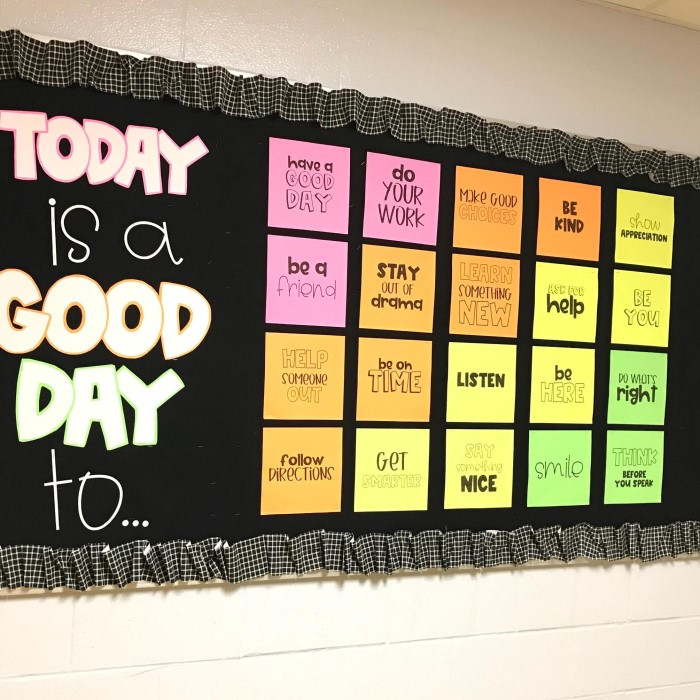
Prioritize both practical and environmental factors when selecting display board materials. This ensures effective communication and responsible use of resources.
Creative Design Techniques
Design techniques play a crucial role in making display boards visually appealing and functional. Applying creative methods can transform a simple board into an eye-catching masterpiece. Below are some effective techniques to elevate your display board design.
Using Color to Enhance Visual Appeal
Colors can grab attention and set the tone of your display board. Here’s how to use them effectively:
- Choose a Color Scheme: Pick complementary colors to create harmony in your design. Avoid clashing colors that distract.
- Highlight Key Information: Use bold or bright colors to emphasize important content or headings.
- Add Borders and Accents: Frame sections with colored borders or accents to organize the layout.
- Theme-Based Colors: Match colors with the board’s theme (e.g., pastel for spring, red for holidays).
Balance vibrant hues with neutral shades for a professional look. Too many colors can clutter the design, so keep it simple but impactful.
Incorporating Multimedia Elements
Multimedia elements can make your display board more dynamic and engaging. Consider these options:
- Images and Graphics: Add photos, clip art, or infographics to illustrate points visually.
- Videos via QR Codes: Print QR codes linked to videos, making your board interactive.
- 3D Elements: Incorporate 3D objects like models, cut-outs, or layered decorations.
- Lighting Effects: Use LED lights or reflective materials for an eye-catching display.
Interactive features and visuals help draw more attention. Ensure all multimedia elements align with the board’s purpose.
Layout Tips for Maximizing Space Efficiency
An organized layout makes your display board easy to read and understand. Follow these tips:
- Plan Sections: Divide the board into clear sections for headings, images, and text.
- Use Grids: Mark grids to align text and visuals neatly.
- Prioritize Content Placement: Place the most important information at eye level.
- Leave White Space: Avoid overcrowding by leaving some blank areas for balance.
- Test Readability: Ensure text is legible from various distances.
A well-structured layout enhances both aesthetics and functionality, ensuring your message gets across clearly.
Employing these design techniques can elevate your display board from ordinary to extraordinary. Combine color, multimedia, and thoughtful layouts to create boards that captivate your audience.
Display Board Ideas for Different Settings
Display boards are versatile tools that suit various environments. Tailor designs to meet specific needs and enhance surroundings. Here are creative ideas for different settings.
Classroom Display Boards
Classroom boards play an essential role in education. Use them to encourage learning and interaction.
- Subject-Based Themes: Create boards focusing on math, science, literature, or history. Add relevant visuals and charts.
- Interactive Boards: Incorporate puzzles, quizzes, or sticky notes to engage students actively.
- Celebration Boards: Highlight achievements, birthdays, or class events to foster a positive atmosphere.
- Seasonal Changes: Update boards with themes for spring, fall, or celebrations like Earth Day.
Design boards that are visually appealing and easy to understand. Simple layouts help ensure content is clear.
Office and Workplace Display Boards
Workplace boards serve to share information and boost employee productivity. Incorporate professional and motivational display board ideas.
- Company Goals: Include targets, achievements, and upcoming projects to align team efforts.
- Training Topics: Use boards to share educational materials like policies or skill-enhancing tips.
- Motivational Boards: Add quotes or visuals to inspire teamwork, creativity, and focus.
- Team Recognition: Spotlights on employee achievements bring encouragement and positivity to the workspace.
Keep designs clean and minimalist for office boards. Avoid clutter for a polished, professional look.
Event and Trade Show Boards
Event and trade show boards grab attention and showcase key information. Focus on visuals and branding.
- Product Display: Highlight products or services with clear images and concise descriptions.
- Branding Elements: Use company logos, colors, and taglines to reinforce identity.
- Interactive Sections: Add QR codes for digital engagement or free samples areas.
- Clear Headings: Use simple and bold fonts for important details like schedules or booth numbers.
Make event boards visually striking to captivate a diverse audience. Use vibrant colors and unique designs.
DIY Display Board Projects
Creating your own display board can be a fun and rewarding experience. With simple materials and techniques, you can craft a board tailored to your needs. Here’s how to approach it:
Step-by-Step Guide for Creating a Custom Display Board
Follow these easy steps to design a display board:
- Decide on the Purpose: Define the board’s use, like educational, corporate, or decorative.
- Select Materials: Choose foam, poster, cork, or magnetic boards based on the purpose.
- Plan the Layout: Sketch sections for text, visuals, and decorations.
- Cut and Assemble: Trim materials to fit the design, then assemble the board securely.
- Add Content: Pin or glue text, images, charts, or multimedia elements.
- Final Touches: Decorate with borders, stickers, or accents to enhance visual appeal.
These steps ensure a functional and visually appealing board. Take time to plan for the best results.
Budget-Friendly Tips and Tricks
Creating a display board doesn’t have to be expensive. Save money with these display board ideas:
- Repurpose Materials: Use old cardboard, fabric, or recycled supplies creatively.
- DIY Decorations: Make paper cut-outs, draw designs, or print graphics at home.
- Shop Smart: Buy materials in bulk or look for discounts at craft stores.
- Use Free Software: Design layouts digitally using free tools to avoid costly printing services.
- Keep It Simple: Avoid over-decoration and focus on essential elements for clarity.
Efficiently use resources to create a great display board without overspending.
Maintenance and Long-Term Usability
Proper maintenance ensures display boards remain effective and visually appealing over time. Careful handling and regular upkeep enhance durability and usefulness. Below are practical tips for keeping your board in great condition.
Cleaning Techniques for Longevity
Clean your display board regularly to maintain its appearance. Follow these simple cleaning steps:
- Dust Often: Use a soft cloth or duster to remove dirt and debris.
- Clean Stains: Apply mild soap and water for stains on cork or foam boards.
- Sanitize Surfaces: Use cleaning wipes on magnetic boards to avoid spreading germs.
- Avoid Harsh Chemicals: Steer clear of products that might damage the board’s material.
- Check for Wear: Inspect pins, tape, or other attachments for signs of damage.
- Maintain Frames: Wipe wooden or metal frames to keep them polished and durable.
Regular cleaning prevents grime buildup and keeps your display board fresh for long-term use.
Periodic Updates to Keep Content Relevant
Refreshing your board’s content helps it remain engaging and valuable. Use these tips:
Review Content
- Importance of Accuracy: Regularly reviewing content is essential to ensure that all information is current and accurate. Outdated data can mislead your audience and diminish the credibility of your message.
- Identify Outdated Information: Take the time to identify which pieces of information need updating. This might include statistics, dates, or references that no longer reflect the current situation.
- Conduct Research: Effective updates require research to find reliable sources that present the most recent and relevant information. Gathering data from reputable organizations can strengthen your content’s reliability.
- Update Resources and References: When replacing old information, make sure to include new resources and references to back up your updates. Providing links or citations encourages the audience to explore further, enhancing their understanding.
- Review Frequency: Establish a regular schedule for reviewing content to keep it fresh and relevant. Depending on the type of information, this could occur monthly, quarterly, or after significant events.
Change Themes
- Seasonal Updates: Rotating designs according to seasons can keep the content visually appealing and in tune with the time of year. Themes for spring, summer, fall, and winter can add a dynamic and engaging element to the board.
- Event-Specific Changes: Altering the theme based on events, holidays, or special occasions can help maintain relevance and capture attention. For example, introducing a festive theme around holidays can create excitement and interest.
- Goal-Oriented Designs: Thematic changes can also reflect specific goals or campaigns. For instance, if the board aims to promote wellness, a health-related theme can highlight relevant programs and initiatives.
- Involving the Audience: Involve your audience in theme selection processes when possible. Gathering input through surveys or discussions can make the audience feel included and increase their engagement with the content.
- Cohesive Aesthetics: Ensure that the design changes maintain a cohesive aesthetic. Consistency in color schemes, fonts, and overall style across themes helps in establishing a strong brand identity.
Enhance Visuals
- Importance of Visual Content: Adding new images, posters, or multimedia elements helps make information more engaging and easier to digest. Visuals can communicate ideas more effectively than text alone.
- Curate New Images: Source high-quality, relevant images that enhance the message you’re trying to deliver. Using images that resonate with the audience can evoke emotions and create connections.
- Incorporate Posters and Infographics: Create or update posters that condense and visually represent key information. Infographics can simplify complex data, presenting it in a way that is easy to understand and remember.
- Utilize Multimedia Elements: Consider integrating videos, animations, or interactive presentations for a richer experience. Multimedia elements can captivate attention and maintain audience interest over time.
- Optimize Visual Elements: Ensure that all visuals are optimized for clarity and quality. Blurry or pixelated images can detract from the professionalism of the content and may confuse the message being presented.
Incorporate Interactivity
- Engaging the Audience: Introducing interactive elements, such as puzzles or quizzes, can foster audience engagement and participation. This not only entertains but educates the audience simultaneously.
- QR Codes for Easy Access: Incorporating QR codes can provide quick access to additional resources or featured content. Users can simply scan the code with their devices for instant information, enhancing their experience.
- Feedback Sections: Creating spaces for audience feedback encourages active participation. This could include suggestion boxes, comment sections, or online surveys. Listening to the audience can offer valuable insights for future improvements.
- Interactive Displays: Consider using digital boards or screens that allow audience members to interact and explore content at their own pace. This can make the learning experience more personalized and enjoyable.
- Gamification: Introducing gamification elements, like challenges or competitions, can increase engagement and motivate participation. Reward systems for completing tasks can further incentivize audience involvement.
Focus on Relevance
- Understanding the Board’s Purpose: Ensuring that all content aligns with the primary purpose of the board is crucial. This focus helps maintain clarity and effectiveness in communication.
- Target Audience Consideration: Tailor the content to meet the needs and interests of the target audience. Understanding who the audience is will help shape the relevance of your messages.
- Regularly Assessing Relevance: As audience interests and needs evolve, so should the content. Periodically assessing what resonates with your audience will keep your board relevant and useful.
- Highlighting Key Messages: Prioritize important information that directly reflects the board’s purpose. Clear and concise communication of key messages enhances the likelihood of understanding and retention.
- Adapting Content for Different Contexts: Be prepared to adjust the content to fit various contexts, such as different events or shifts in audience expectations. Flexibility can significantly enhance relevance and impact.
Test Readability
- Clarity is Key: Ensure all materials are easy to read and visually clear. This involves using simple language, clear fonts, and effective layout designs that guide the audience’s attention.
- Font and Size Selection: Choose fonts that are legible and appropriate for the type of information being presented. Additionally, ensure that font sizes are adequate for easy reading, especially from a distance.
- Spacing and Layout: Proper spacing between words, lines, and paragraphs contributes to readability. A well-structured layout helps readers navigate the content seamlessly.
- Use of Bullet Points and Headlines: Incorporate bullet points, headlines, and subheadings to break up text into manageable sections. This organization helps readers quickly scan for relevant information, enhancing comprehension.
- Testing with the Audience: Before finalizing any materials, consider testing them with a sample audience. Their feedback on readability and clarity can guide necessary adjustments to improve the overall effectiveness of the content.
Periodic updates keep your display board fresh, interesting, and aligned with current needs.
By maintaining and updating your display boards, you can maximize their usability and aesthetic appeal over time.
Conclusion: Unlocking Your Creativity with Display Boards
In conclusion, creative display board ideas can transform how you communicate ideas and engage with your audience. Whether for educational purposes, business presentations, or decorative art displays, knowing the elements of effective design is invaluable. This article provided a wealth of inspiration, tips, and tricks for crafting exceptional display boards.
As you embark on your display board projects, remember to consider your audience and the message you want to convey. With thoughtful planning and creativity, your display board can become a captivating visual experience that captures attention and communicates effectively. Start crafting today and bring your ideas to life!
